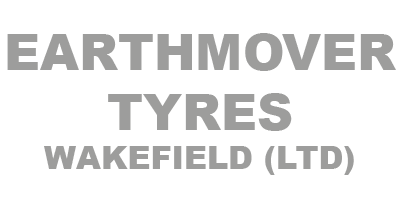R&D Tax Relief Explained
R&D Tax Relief
The R&D Tax Relief scheme is a valuable government incentive that rewards innovation by allowing businesses to reclaim a proportion of their eligible research and development expenditure. However, the process of identifying qualifying activities, compiling robust documentation, and submitting a compliant claim can be intricate.
Our specialist team works closely with clients to conduct a thorough eligibility assessment, prepare detailed technical justifications, and accurately calculate the financial benefit. We aim to ensure that your claim is both optimised and defensible, should HMRC require further clarification.
OUR CLAIM PROCESS
Technical and Costing Assessment
Our team of highly-skilled technical and costing consultants will interview you and your competent professionals – those who are directly involved in the development work. During this discussion, the consultants will seek to identify clear technological or scientific uncertainties that you have faced, alongside the methodologies and processes deployed to overcome these. It’s worth noting that this information is sought regardless of whether the project was ultimately successful or not.
A cost analysis will also be undertaken of your staff, consumables, software, subcontractors and EPWs for the relevant accounting period.
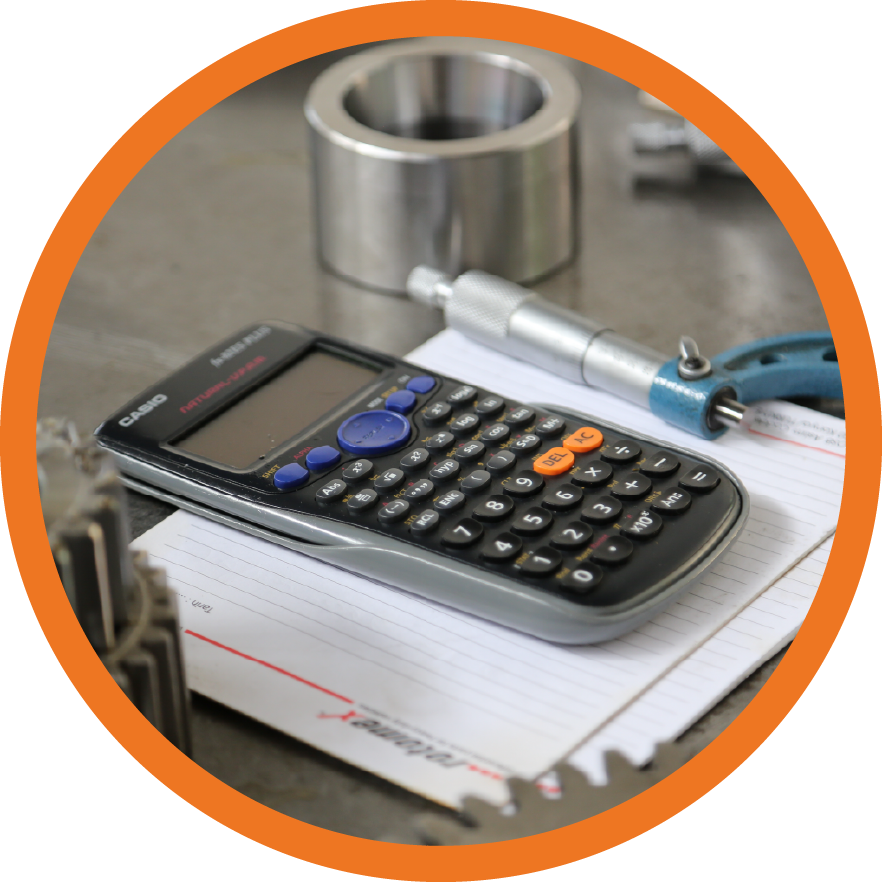
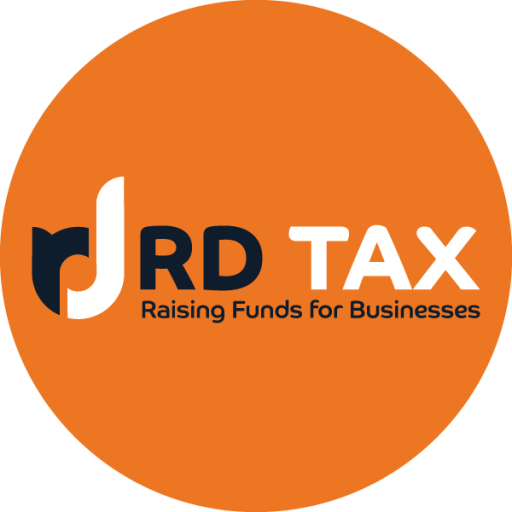
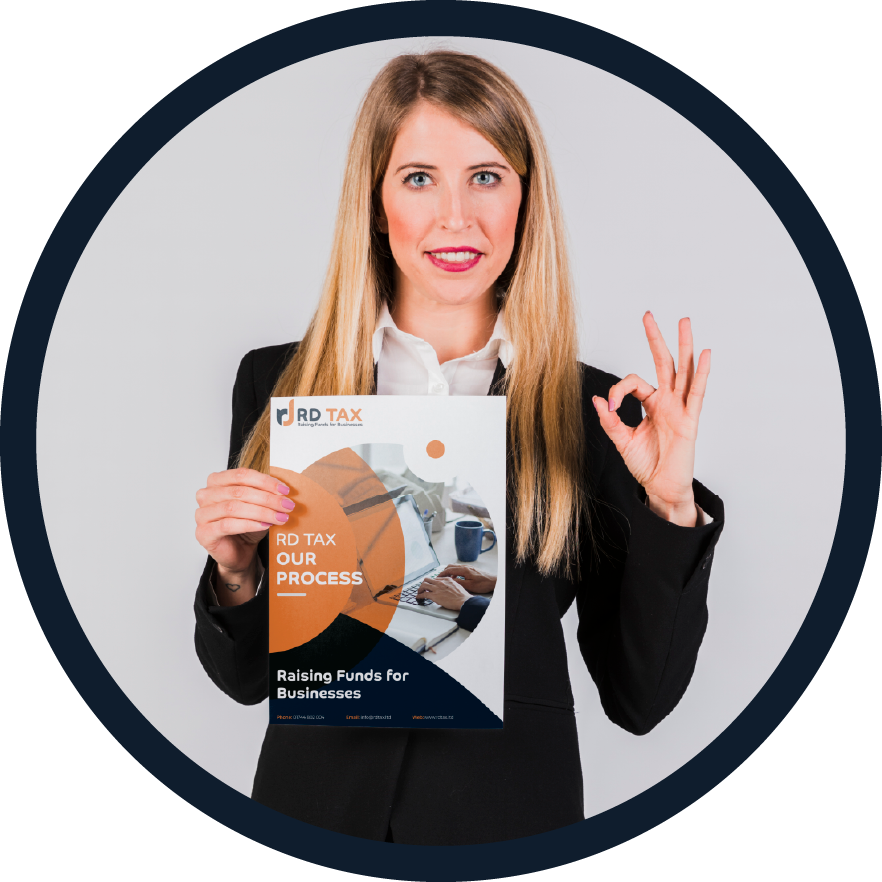

Technical Narrative and Cost Analysis
Once our in-house team have completed their assessments and interviews with you and your team (approx. 2-3 hours collaborative time), they will look to draw together all the information gathered and compile a robust, technical narrative, designed specifically for HMRC’s internal R&D review team.
A detailed cost analysis is also included and contains all qualifying expenditure as determined by the competent professional(s) associated with the projects.
Download our Guide to R&D Tax Relief
Internal Review & Quality Assurance
Once a report has been compiled it is reviewed by two additional teams internally. The first of these is a peer review conducted by a member of the team not involved in your claim preparation. This provides an independent review of the information captured to ensure it meets the criteria demanded by HMRC. Once this stage is complete the full report is passed on to our internal quality assurance team. After clearance from QA, the report and cost analysis are sent to you for review and final sign-off.


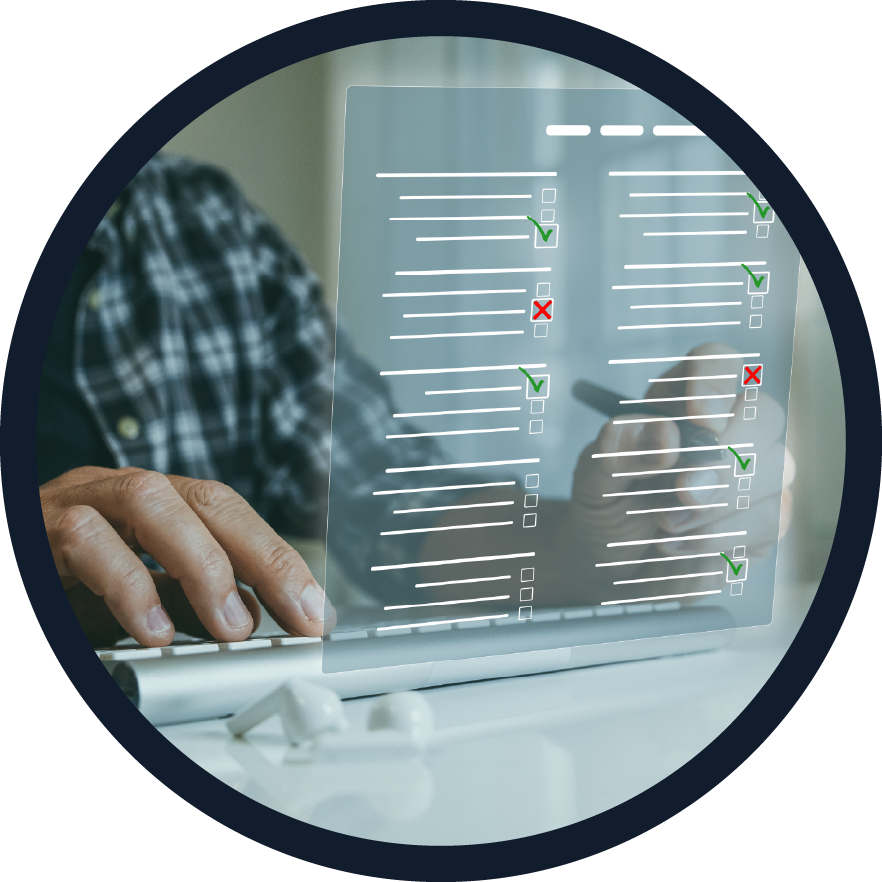

Submission of Your Claim
Once we have received your sign-off, we aim to submit to the revenue within 24 hours. We create an Additional Information Form (AIF), which is now a requirement from the revenue. The AIF summarises your claim with a brief explanation of your technical projects, costs and company details, including your UTR number.
We submit the AIF alongside your full-length technical report, costing analysis and adjusted Tax Return. The revenue then typically takes between 8-12 weeks to process the claim.
Download our Guide to R&D Tax Relief
Submission Outcomes
Profit to Profit
Reduction in Corporation Tax Liability: The R&D enhancement is offset against the profit, reducing the pre-existing tax liability, which generates a corporation tax repayment or saving.
Reinstatement of Losses: Prior to the R&D, the Company offset brought-forward losses against their profit. Following the R&D, the R&D enhancement is offset prior to the brought-forward losses, resulting in the ability for the Company to carry forward their brought-forward losses and offset them against future Corporation Tax liabilities.
Profit to Loss
Multiple Benefit Options: The R&D enhancement is offset against the profit, resulting in a final loss position. The corporation tax liability is reduced or repaid, and the Company can surrender the losses for a tax credit refund.
Multiple Benefit Options: The R&D enhancement is offset against the profit, taking the Company into a loss position. The corporation tax liability is reduced or repaid, and the Company can carry the losses forward to generate a future Corporation Tax saving.
Multiple Benefit Options: The R&D enhancement is offset against the profit, taking the Company into a loss position. The corporation tax liability is reduced or repaid, and the Company can carry the losses back to offset against a prior Corporation Tax liability, generating a repayment of Corporation Tax.
Loss to Loss
Losses Surrendered for Tax Credit Refund: The R&D enhancement is added to further increase the loss position; the Company can then surrender the losses (including their own losses in the period*) to generate a tax credit refund.
Losses Carried Forward: The R&D enhancement is added to further increase the loss position; the Company can carry the losses forward or back to generate an additional Corporation Tax repayment or saving.
*Note: the loss available to surrender is capped in line with the R&D expenditure identified.
We're ready to help
Book A Free Discovery Call
Want to learn more? Fill in your contact details below and one of the team will be in touch.
Trusted by


